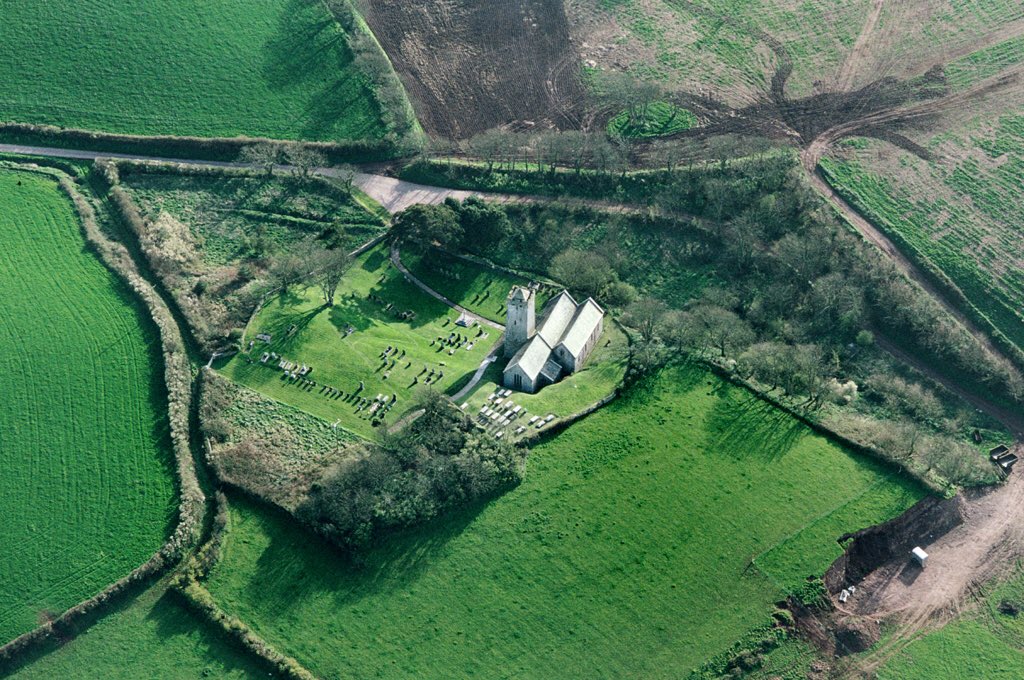
At St David's, Llangeview, Monmouthshire, 18th century ledgerstones commemorating James Blower, Mary Jones and James Meredith lay before the wooden altar rail with its twisted balusters, made in the same century. And more can be seen in the nave. 

The name 'ledger' comes from Old English via the Middle English words lygger, ligger or leger - to lie down. There are an estimated 250,000 surviving ledgerstones in churches in England and Wales, most from the late 17th to late 18th centuries.
The chancel was the usual resting place for members of the clergy, while the nave was usually the option for those with the financial means and local influence — from aristocracy and gentry to families of middle class professionals and tradesmen. 

These privileged few could assert their superior status in death as well as life, and, most importantly for the faithful, be laid to rest closer to God. 

But there was a problem with this practice; the floors of many churches in that period were still bare earth rather than stone, and the odour from burials beneath the floor could be very unpleasant.
Over time, medical experts began to view burials inside churches as a public health risk. And in 1854, the Burial Act prohibited intramural burials.
As the names of the deceased passed from living memory, ledger stones were broken during new building works, paved over, or concealed by pews, furniture or carpets, while many exposed stones have been worn smooth or crumbled to dust by countless footsteps. 

These three ledgerstones in St David’s have survived against the odds as evocative but also tantalising remnants of church and community life in Llangyfiw two to three hundred years ago. 



• • •
Missing some Tweet in this thread? You can try to
force a refresh


















